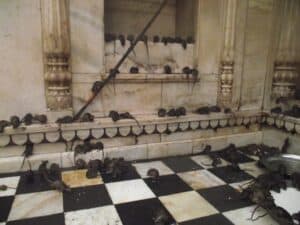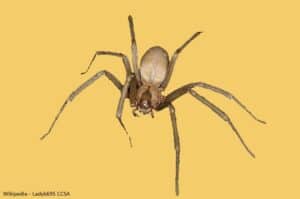RatsMania! Rats in Literature
Rats are depicted in fiction in both a negative and positive light. There are an endless number of villainous literary depictions of Rats. They are portrayed as a literary device to develop horror, such as in Lovecraft’s The Rats in the Walls or in Camus’ The Plague, and as instruments of torture, as in the Room 101 incident in Orwell’s Nineteen Eighty-Four. However, in Poe’s the Pit and the Pendulum, rats – first portrayed in horror- become heroes as they help the protagonist escape certain death.
Less often rats are depicted in literature positive light, portraying rats being selfless and helpful. Grahame portrays his loveable characters heroically in The Wind in the Willows. A bit more selfish, but certainly helpful portrayal of rats appears in White’s Charlotte’s Web.
Below we review eight masterpieces of literature that depict rats, some which are from a list compiled by literary scholars as the best rats in literature. We include links for volumes in the public domain.
Nineteen Eighty-Four; novel by George Orwell.
No book has more effectively demonized rodents than Nineteen Eighty-Four. Winston Smith, a citizen of the authoritarian state of Oceania, keeps his anti-government thoughts in his diary. He is arrested and his interrogators tell him that “The thing that is in Room 101 is the worst thing in the world.” This can mean only one thing: rats! Winston is tortured into becoming a broken man. By the end of his ordeal he will betray his lover, Julia, becomes accepting to party doctrine, and comes to love Big Brother.
In this fiction, not inspired by plague but by a cholera outbreak, the rats are victims too. Dr. Bernard Rieux, in a visit to the Algerian port city of Oran, discovers a dead rat. Within a matter of weeks the city’s populace notices the increasing number of dead and dying rats. Panic ensues as they realize they are in the midst of an epidemic. The main characters provide fascinating studies of character development. Not all of them will live to see the plague’s end, but instead search for meaning in each of their lives.
The Pied Piper of Hamelin; short poem by Robert Browning.
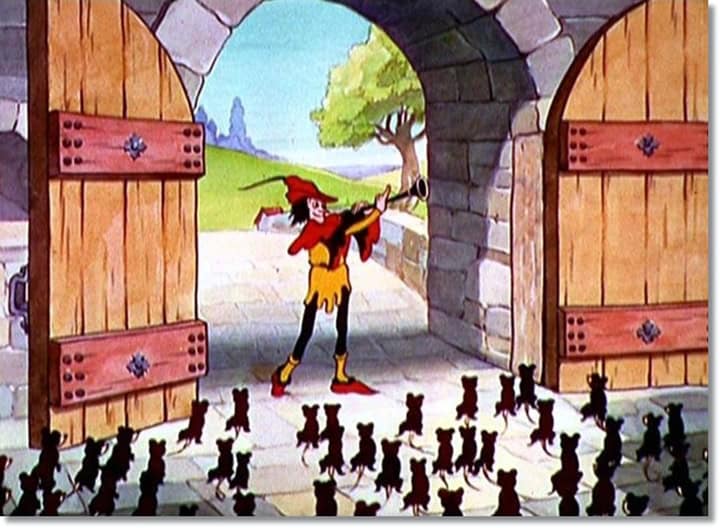
Who has not grown up hearing this story as a child? “They fought the dogs and killed the cats, And bit the babies in the cradles, And ate the cheeses out of the vats…” This reviewer was floored at the amount of scholarly research available about this legend. In the story the town of Hamlin is overrun with rats and a professional rat catcher is hired to lure them away into the Weser River with his magic pipe. When the citizens refuse to pay for his services, he turns his pipe on their children, leading them away never to return.
Versions of this legend appear in the writings of such notable authors as Goethe, The Children of Hamlin (Grimm Brothers), the Hurdy-Grundy Player Adducts Children (Kuhn & Schwartz), The Rats in Neustadt-Eberswalde (Temme), and more. Some scholars believe the story reflects a real historical event about the loss of the children of Hamlin village that occurred in Lower Saxony, Germany, in the Middle Ages. The earliest record of the event was documented around 1300 on a stained glass window located in the Church of Hamelin (The church was destroyed in 1660). This window recorded a documented event “100 years since our children left.” Rats first appear in accounts of the story around 1559.
The Browning poem is in the public domain. The Pied Piper of Hamlin, Part 1 and the Pied Piper of Hamlin, Part 2
The Wind in the Willows; novel by Kenneth Grahame.
Though this children’s classic is written in a style difficult for today’s young readers, this classic is still enjoyed by many. The character, Ratty, is a jovial critter and friend to the shy Mole and introduces him to Toad. A well-to-do and much spoiled Mr. Toad has a knack for driving around in his motorcar and getting into trouble. Fortunately he can always count on Mole, Ratty, and Badger to get him out of trouble every time.
The Rats in the Walls; short story by H. P. Lovecraft.
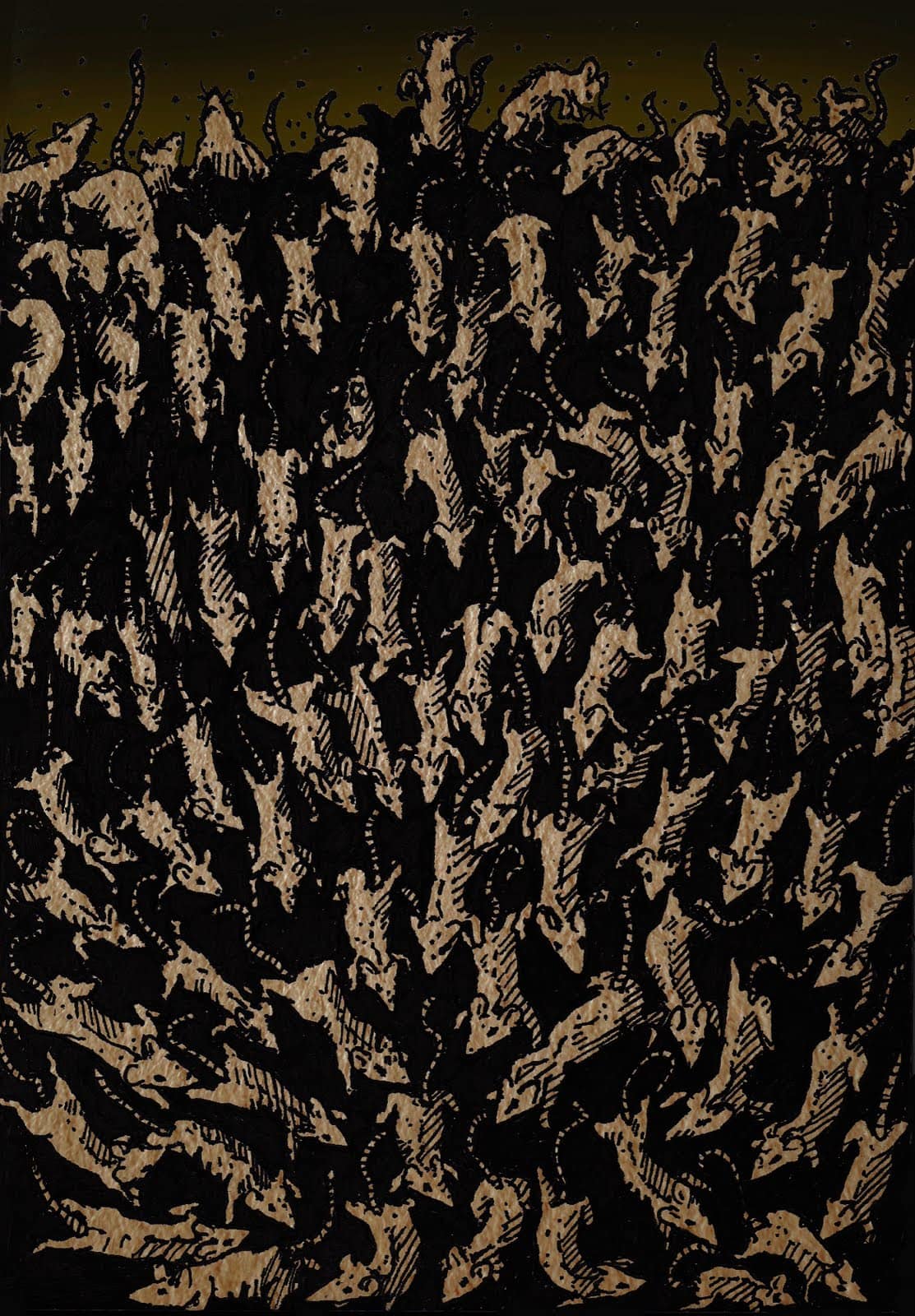
In this is a tale of horror and suspense rats lead the narrator to horrific discoveries about his ancestral home. While investigating noises in the walls of an old priory, he finds an underground metropolis inhabited by cannibals. Driven mad by the discovery the narrator ends up in an asylum, hearing rats in the walls.
The Pit and the Pendulum; short story by Edgar Allan Poe.
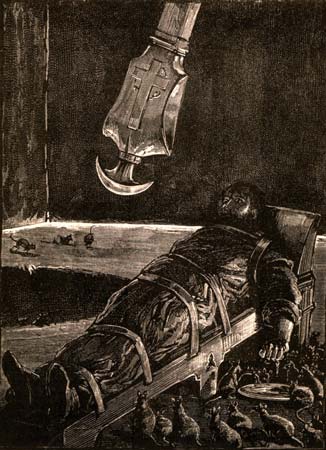
This is one of Poe’s finest masterpieces. During the Spanish Inquisition, a soldier from the French legion (alright, you do not have to be a student of history to write a masterpiece) is captured and sentenced to death. While exploring his dark prison cell, He stumbles and discovers a circular pit. He stays in one place and sleeps only to awaken strapped to a long wooden rack with one arm free so he can feed himself. It is no longer dark and he can see a pendulum, honed to a sharp blade, swinging from above.
His jailers provide him with food, and the scent, that attracts the unsung heroes of our story, many large, hungry rats. Our protagonist rubs food on the bindings, attracting the rats who chew the leather allowing him to escapes his fate just as the blade begins to slice into his flesh.
He then faces a new horror as the heated iron walls begin to move, forcing our hero toward the pit in the center of the room. Just as he is teetering on the edge of the pit, the walls rush back and our hero is saved by the French army.
This fast paced story is in the public domain and can be found here… The Pit and the Pendulum, Edgar Allen Poe.
The Tale of Samuel Whiskers or the Roly Poly Pudding; children’s book by Beatrix Potter.
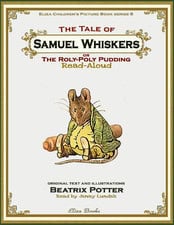
The story of Samuel Whiskers and his wife takes place in the home of Tom Kitten and family. The naughty kitten tries to hide from his mother by squeezing through a crack in the barn wall and making his way into the home of Samuel Whiskers. Samuel is a particularly mean rat who ties Tom up and tries to turn him into a roly-poly pudding that Samuel and his wife can eat for dinner! Tom Kitten is not quite a good sport about being dinner fair and puts up a struggle. Tom is rescued by his siblings and Samuel and his family leave the barn a to start a new life in another field.
This Short Story is in the public domain and can be found here…The Tale of Samuel Whiskers or the Roly Poly Pudding, Betrix Potter.
The Rats, a novel by James Herbert.
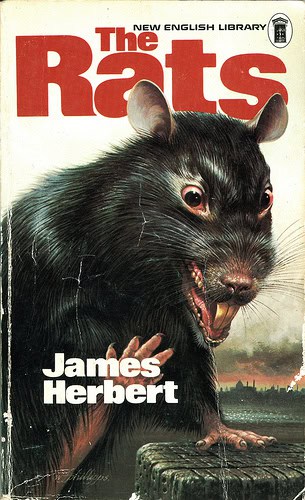
Rats don’t grow to be the size of a dog and they don’t attack people. Or do they? The balance of power shifts when their food supply is cut off, then and rats begin to prey on humans. Their first victim was a London Homeless man. A small girl and her dog are the next victims, as authorities’ notice the incidents of rat attacks seem to be going up. Those who survive the bites die within 24 hours of diseases the rats carry. The author shares each character’s hopes and dreams, so it becomes that much more personal to the reader when a character dies.
Rats in Literature Bibliography
The Rats in the Walls”,by H. P. Lovecraft. The works of H. P. Lovecraft, Dragonbytes.com
https://www.dagonbytes.com/thelibrary/lovecraft/index.html
What is the symbolism in the Pit and the Pendulum? Answers. Pub. Answers Corporation.
https://wiki.answers.com/Q/What_is_the_symbolism_in_the_pit_and_the_pendulum
The Pit and the Pendulum(1843). Spark notes.
https://www.sparknotes.com/lit/poestories/section7.rhtml
The Tale of Samuel Whiskers, by Beatrix Potter, website Project Guttenberg eBook.
“Pied Piper of Hamlin.” Pied Piper of Hamlin. Wikipedia, July 2010. Web. 15 July 2013.
Cuervo, Maria. “The Lost Children of Hamlin.” ForteanTimes. Dennis Publishing
Limited, n.d. Web. June 2010.
(Mentions the earliest surviving written reference to the tragedy of Hamelin is a note in a manuscript copy of the Catena Aurea of Heinrich von Herford (c.1370), generally referred to as the Lüneburg Manuscript)


